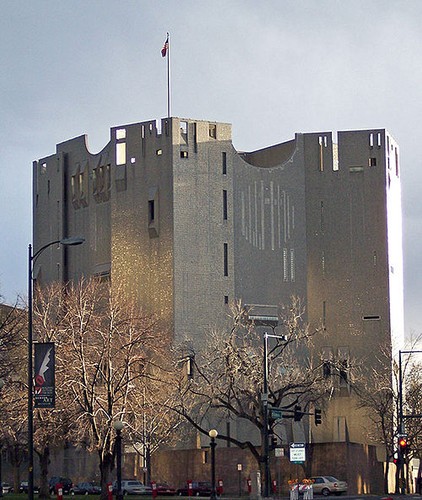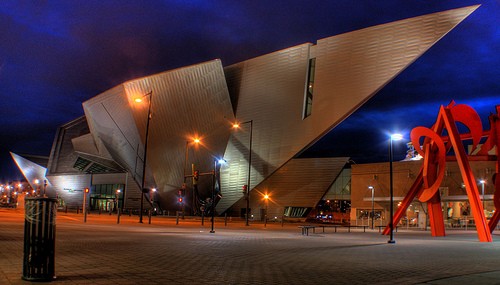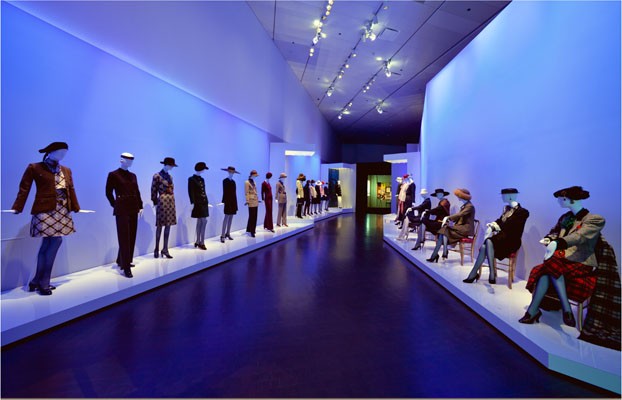Denver Art Museum
Introduction
Text-to-speech Audio
Images
The North Building, designed by Gio Ponti in 1971.

The Frederic C. Hamilton building opened in 2006.

A fashion exhibit within the museum.

Backstory and Context
Text-to-speech Audio
The mission of the Denver Art Museum is “to enrich the lives of present and future generations through the acquisition, presentation, and preservation of works of art, supported by exemplary scholarship and public programs related to both its permanent collections and to temporary exhibitions presented by the museum.”
The Denver Art Museum’s collection of more than 70,000 works of art is divided between ten permanent collections including African, American Indian, Asian, European and American, modern and contemporary, pre-Columbian, photography, Spanish Colonial, textile, and western American art. The holdings reflect Denver and its surrounding region, providing invaluable ways for the community to learn about cultures from around the world.
Founded in 1893 as the Denver Artists' Club, the Denver Art Museum had a number of temporary homes. In 1971, the museum opened the 24-sided, two-towered North Building. Over one million faceted, shimmering gray tiles, developed by Dow Corning, provide cladding for the radical seven-story structure. This architectural icon remains the only completed project in the United States by Gio Ponti, an important Italian master of modern design.
This bold tradition continued when the Hamilton Building opened 2006. The 146,000-square-foot Frederic C. Hamilton Building, a joint venture of Daniel Libeskind and Denver-based Davis Partnership Architects, is situated directly south of the North Building. Libeskind's design, referential to the original Ponti building, recalls not only the mountain peaks that provide a powerful backdrop for the city, but the intricate and geometric rock crystals found in the foothills of the Rockies.
The Frederic C. Hamilton Building included new galleries for its permanent collection, three temporary exhibition spaces, art storage, and public amenities. It houses modern and contemporary collections as well as architecture and oceanic pieces. This building serves as the main entrance for the entire complex.
The Denver Art Museum has been a leader in educational programming for more than two decades. The family-friendly approach is fully integrated into the galleries through a unique partnership between curators, designers, and educators for each discipline.
Sources
"Frederick C. Hamilton Building." ArcSpace.com. October 9, 2006 (Accessed May 25, 2016). http://www.arcspace.com/features/daniel-libeskind/frederic-c-hamilton-building.
